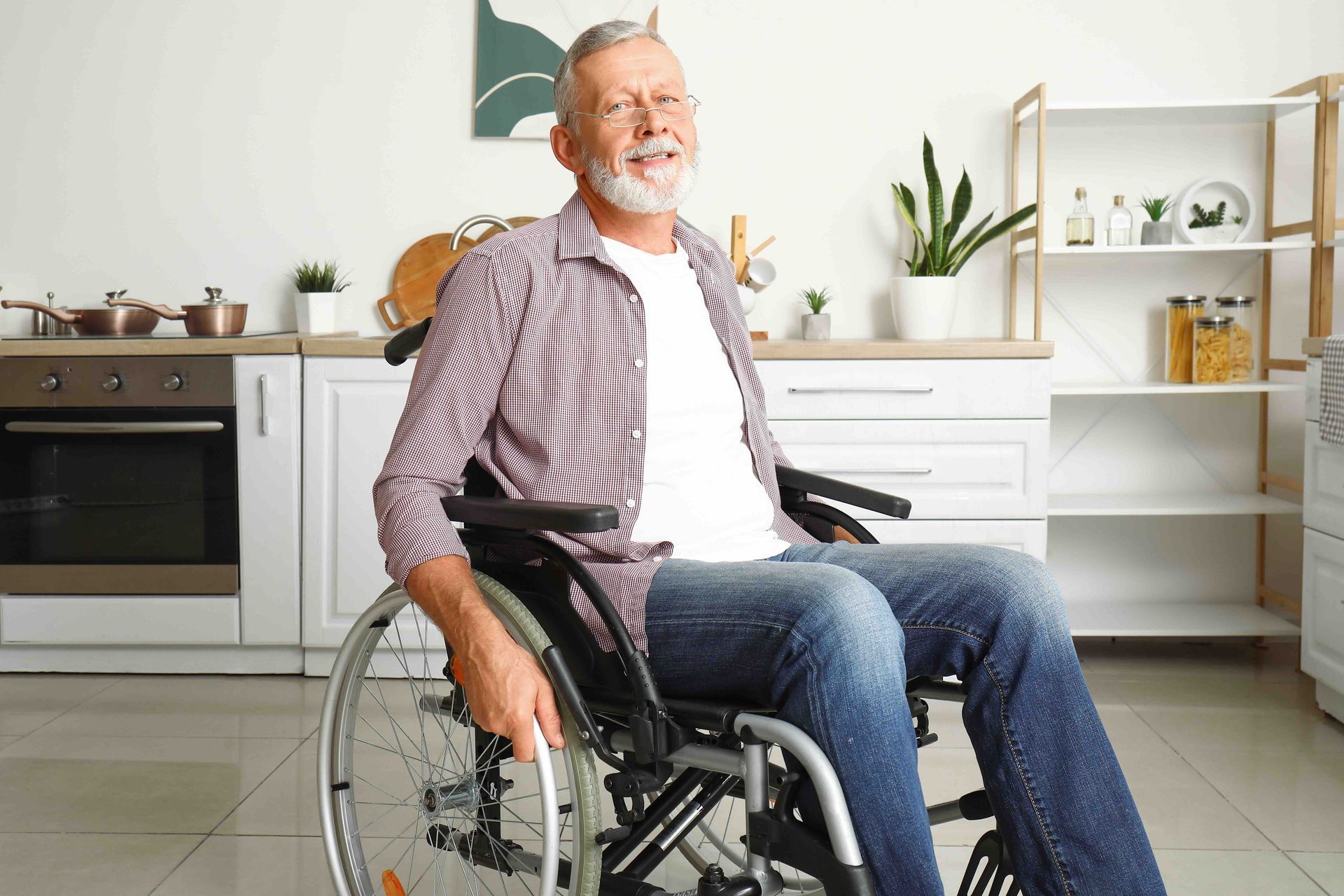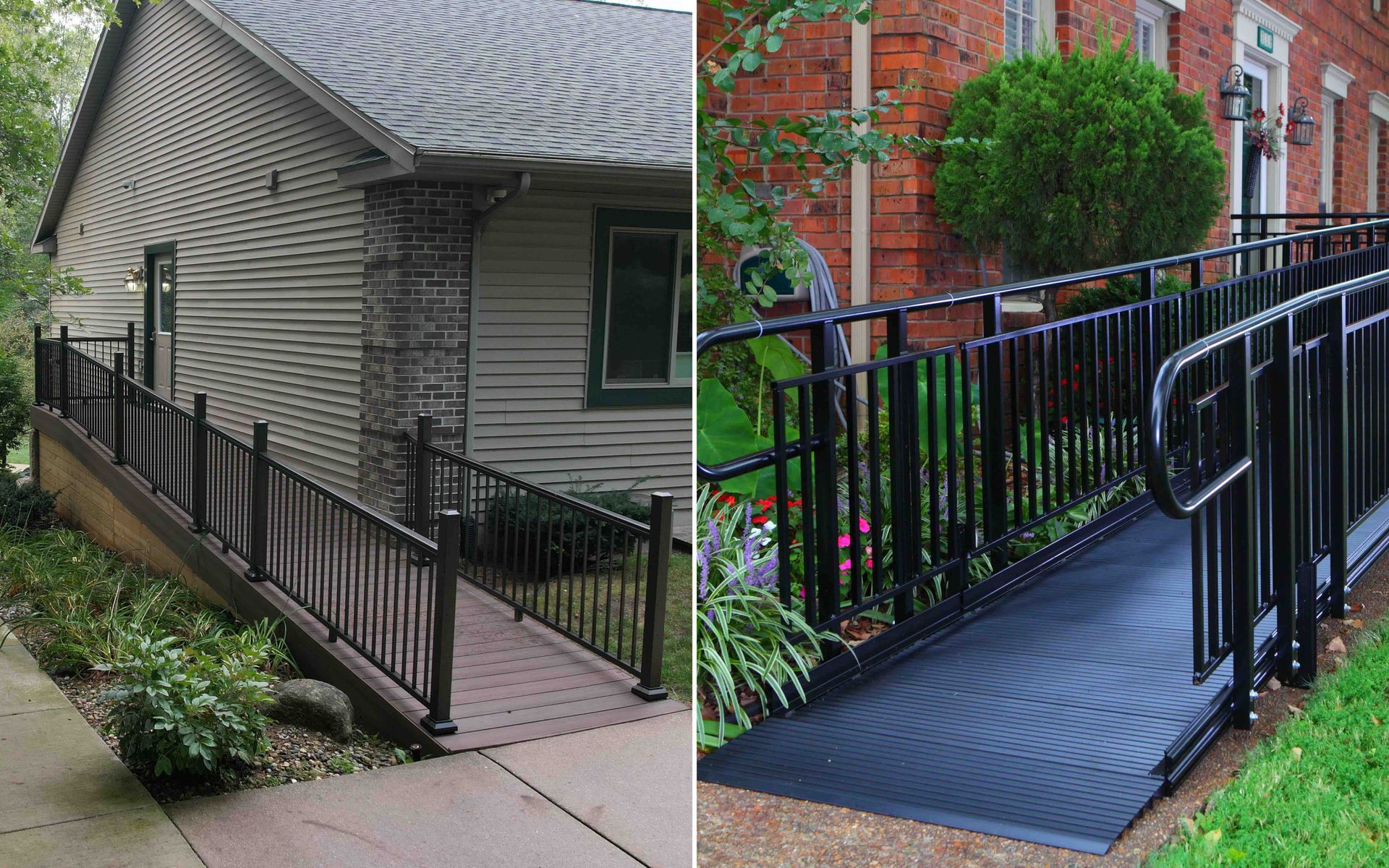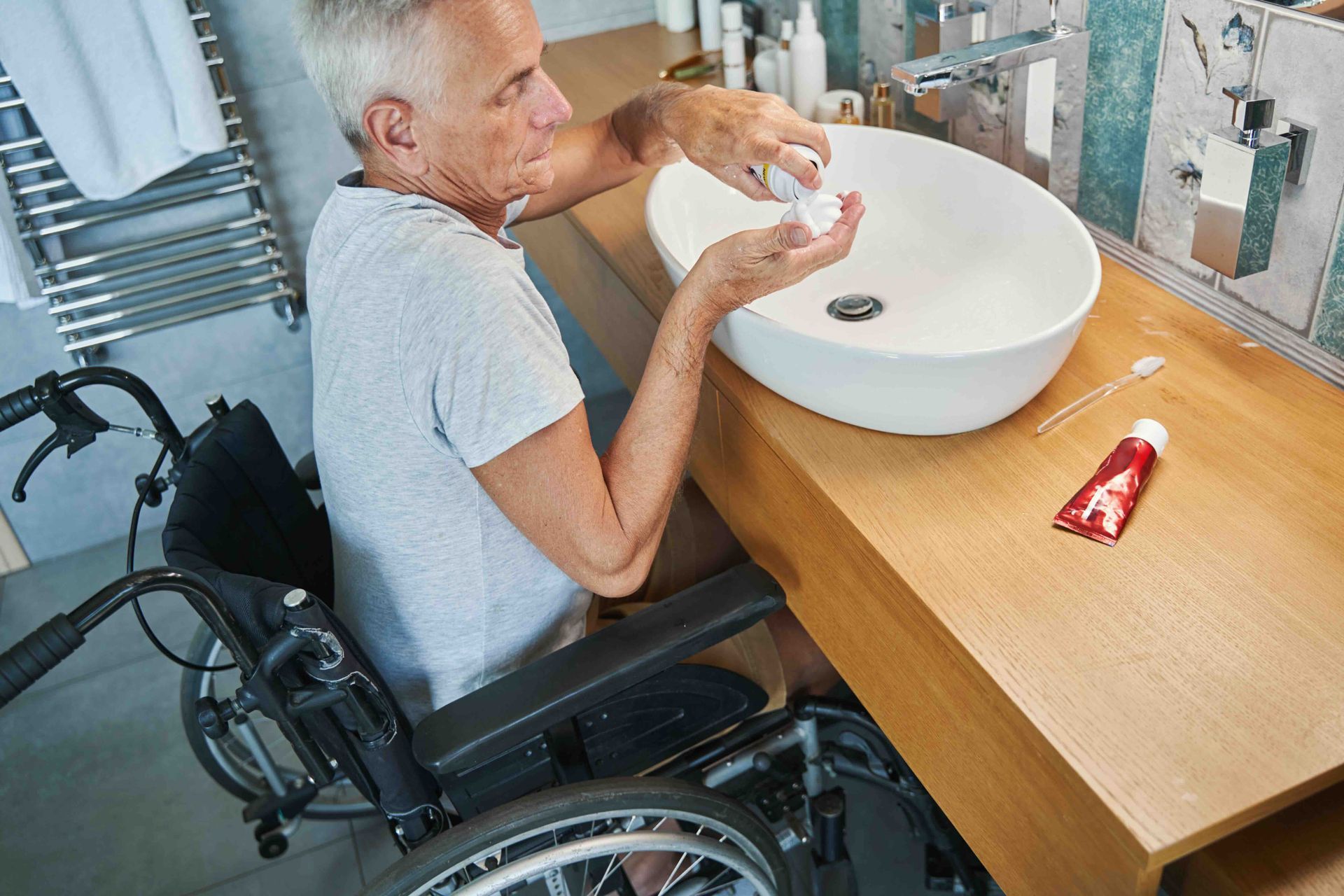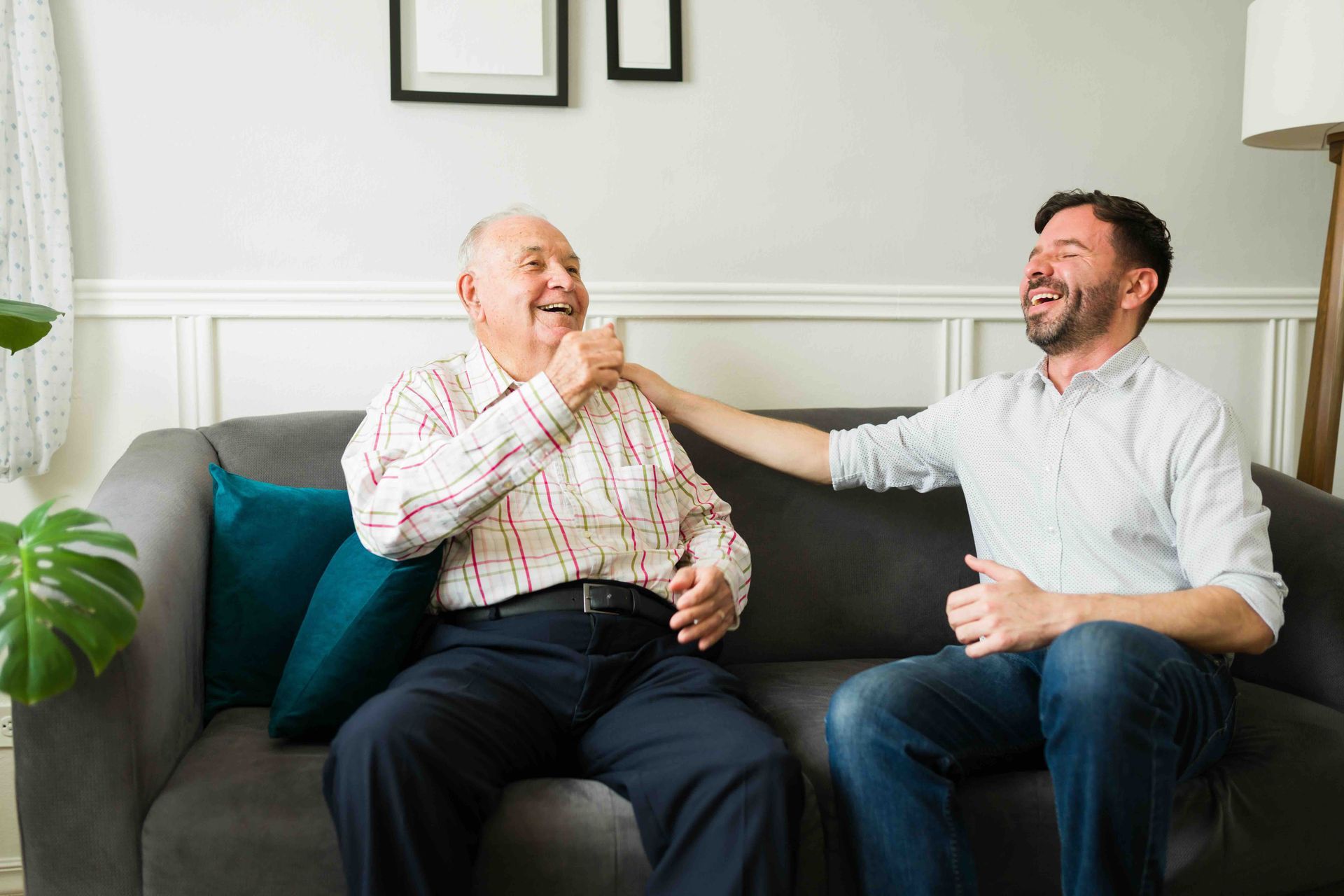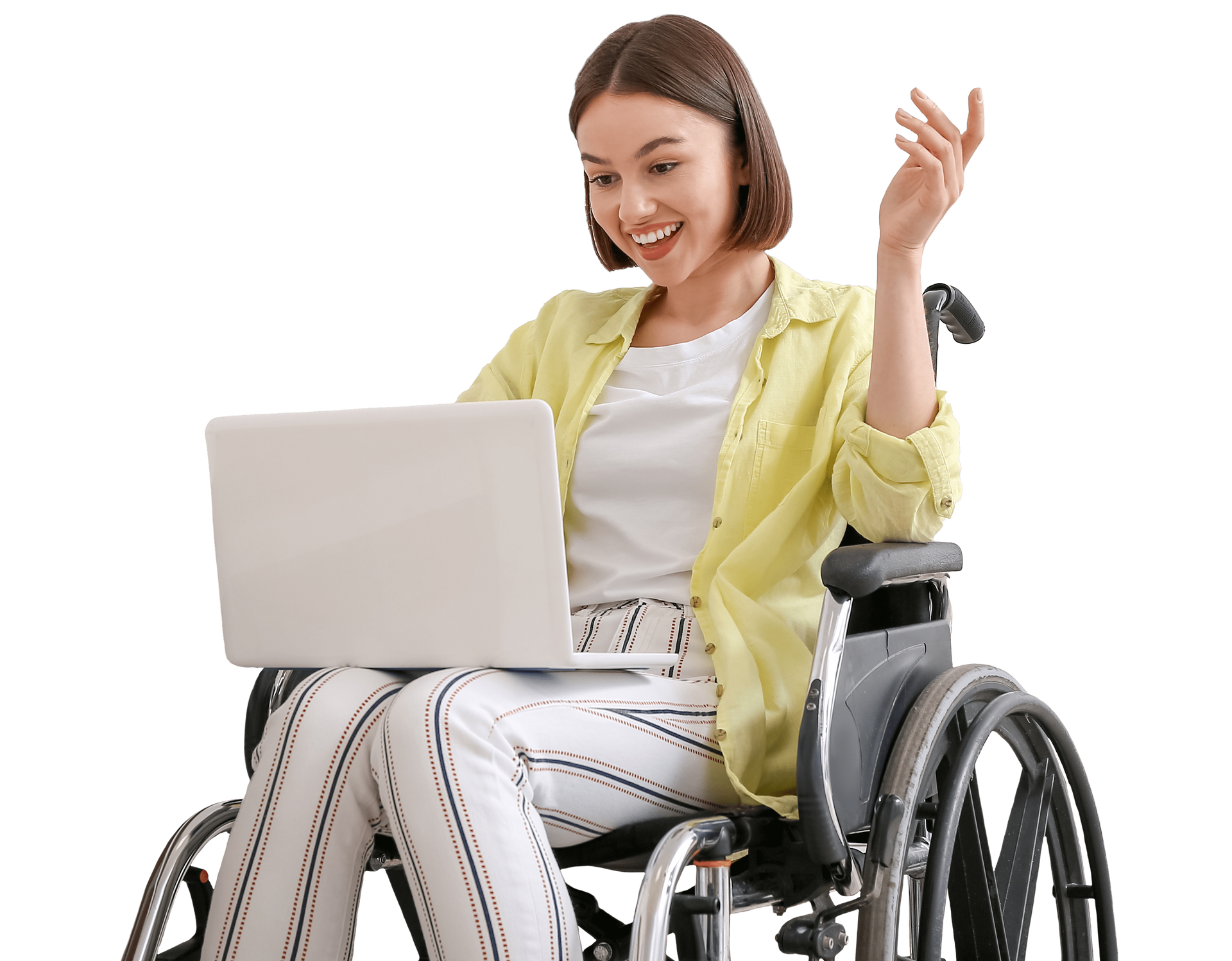Falls can be life-changing, especially for elderly individuals or those with mobility challenges. A simple slip during a home transfer, like moving from bed to a wheelchair, can result in serious injuries, from broken bones to head trauma.
The risks increase for individuals with limited mobility, weakness, or medical conditions that affect balance and coordination. Understanding these risks is the first step in preventing falls and ensuring a safe transfer process.
Patients with conditions such as Parkinson’s disease, arthritis, or neurological disorders may struggle with balance and movement. Seniors are particularly at risk due to age-related muscle weakness and slower reflexes. Falls during transfers can lead to severe injuries, including fractures, head trauma, and pressure sores from prolonged immobility. By recognizing these risks, caregivers can take proactive measures to improve safety and reduce the likelihood of accidents.
Fortunately, many falls are preventable with the right preparation and techniques. Whether you’re a caregiver or assisting a loved one, taking proactive steps can make all the difference in keeping home transfers safe and stress-free.
Are you looking for an expert resource in accessible spaces, special modifications for persons with mobility challenges, and more? Contact Lakeshore Barrier Free today.
1.) Understand the Risks Associated with Home Transfers
Home transfers involve any activity where someone moves from one position to another, such as sitting to standing or moving between furniture. These moments might seem routine, but for individuals with reduced strength, balance, or coordination, they carry significant risks.
Common Scenarios for Falls During Transfers
- Bed to wheelchair: Navigating this transfer without proper support or technique can lead to instability.
- Chair to toilet: Bathroom floors are often slippery, making this transition particularly risky.
- Standing from a seated position: Weak leg muscles or improper foot placement can cause a sudden loss of balance.
Who Is Most at Risk?
Certain groups are more vulnerable during transfers:
- Elderly individuals: Age-related muscle loss and balance issues increase the likelihood of falls.
- People with mobility restrictions: Those who use walkers, canes, or wheelchairs may lack the strength to stabilize themselves.
- Individuals recovering from surgery: Limited strength and healing injuries make transfers uniquely challenging.
2.) Prepare Your Environment for Safe Transfers
The home environment plays a crucial role in patient transfers. Floors should be free of clutter, loose rugs, and obstacles that could cause tripping. Adequate lighting is essential to ensure clear visibility, especially in hallways and common areas used for transfers. Poorly lit rooms can increase the risk of missteps and falls, particularly for those with impaired vision.
Rooms where transfers frequently occur, such as bedrooms and bathrooms, should have stable furniture and support features like grab bars or handrails. Caregivers should ensure that beds, chairs, and toilets are positioned at appropriate heights to facilitate safe movement. Using non-slip mats in the bathroom and removing excess furniture can create a safer environment. Keeping these areas well-organized minimizes hazards and enhances patient safety.
Remove Clutter and Hazards
Loose rugs, tangled cords, and misplaced furniture are accidents waiting to happen. Take these simple steps to make your home safer:
- Remove rugs or secure them with double-sided tape to prevent slipping.
- Keep electrical cords tucked against walls or use cord covers.
- Rearrange furniture to allow clear, wide pathways for easy movement.
Ensure Proper Lighting
Dim hallways and poorly lit rooms heighten the risk of tripping. Here’s how to brighten up the home:
- Install motion-sensor nightlights in bedrooms and bathrooms.
- Add brighter bulbs to overhead lighting in frequently used areas.
- Use portable lamps or wall-mounted lights for extra visibility.
Install Helpful Equipment
Investing in assistive devices can make transfers safer and easier:
- Grab bars: Place them near beds, toilets, and showers for added support.
- Non-slip mats: Use these in bathrooms and other areas prone to slick surfaces.
- Transfer aids: Consider items like transfer boards, lift chairs, or gait belts for smoother movements.
3.) Use Proper Techniques for Safe Transfers
How a transfer is performed is just as important as the environment. Using incorrect techniques can lead to injury for both the caregiver and the individual being assisted. Clear communication between the caregiver and the patient is essential for a smooth transfer. Before beginning the transfer, caregivers should explain each step to the patient. Encouraging the patient to participate as much as possible helps in making the process easier.
Communicate Clearly During Transfers
Before starting any transfer, talk through each step. Simple cues like “on the count of three, we’ll stand” can help coordinate movements and reduce confusion. It’s also important to check in: “Are you ready?” or “Do you feel steady?”
Follow a Step-by-Step Process
Having a consistent routine for common transfers helps ensure that all movements are deliberate and controlled. For example:
Bed-to-Wheelchair Transfer
- Sit the individual upright on the edge of the bed, with their feet flat on the floor.
- Position the wheelchair close, locking its brakes.
- Have them lean forward slightly and assist with standing using a steady grip, such as on their gait belt (if applicable).
- Guide them into the wheelchair while ensuring their feet remain properly placed.
Use Mobility Equipment Correctly
If mobility aids like walkers or transfer boards are being used, ensure they’re properly adjusted and in good condition. Check that wheels on wheelchairs and walkers are locked when necessary and that transfer boards are securely placed to avoid sliding.
Choosing the Right Transfer Technique
Different transfer techniques are suitable for different situations. The sit-to-stand transfer is commonly used for patients with some strength in their legs. Caregivers should encourage the patient to push up from the seated position while providing assistance as needed. Placing hands on the patient’s hips or using a transfer belt for support can help stabilize the movement.
For bed-to-chair transfers, caregivers should position the chair close to the bed and ensure a smooth transition without sudden movements. If a patient has very limited mobility, a pivot transfer with support or the use of a mechanical lift may be the safest option. Caregivers should ensure that wheelchairs are locked in place before beginning the transfer to prevent shifting and instability.
4.) Incorporate Strength and Balance Exercises
Long-term fall prevention often starts with improving the individual’s strength and stability. Regular exercises can help them regain confidence and control during transfers.
Simple At-Home Strengthening Exercises
Incorporating low-impact exercises is a great way to build muscle without overexertion:
- Seated leg lifts: Sit in a chair with feet flat on the ground, then slowly extend one leg straight out. Hold briefly, then lower. Repeat on each side.
- Wall push-ups: Stand at arm’s length from a wall. Place your hands flat against it and push your body away in a slow, controlled motion.
- Chair squats: Sit and stand repeatedly from a sturdy chair, focusing on controlled movements.
Work with a Physical Therapist
If mobility and balance issues are severe, working with a physical therapist can be invaluable. These professionals can craft personalized exercise plans and train individuals and caregivers on safe transfer techniques.
Regularly Assess Progress
Encourage the individual to track their strength and balance improvements over time. Celebrate milestones, such as increased balance during transfers or greater independence, to keep motivation high.
5.) Invest in patient lifts
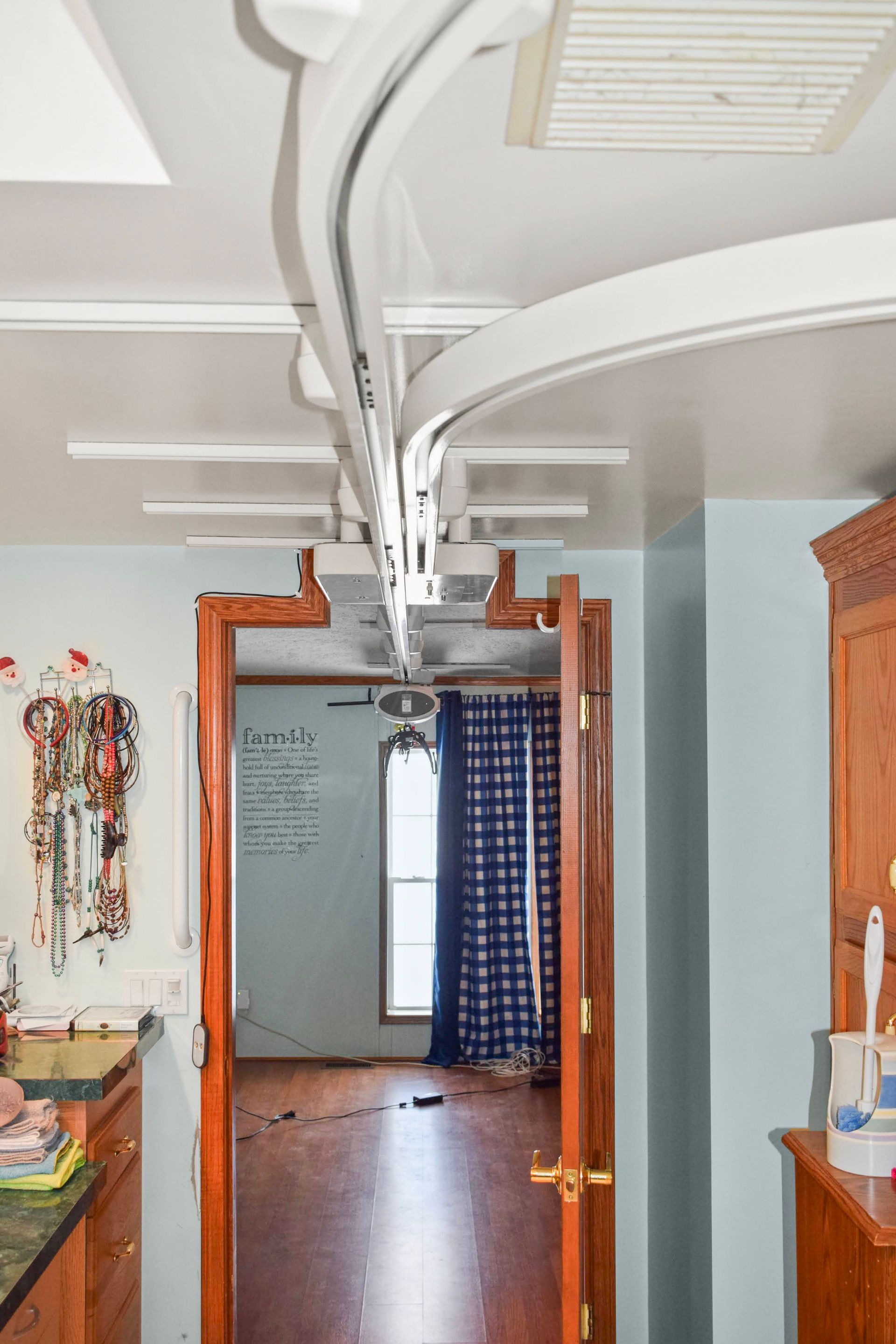
One of the most effective ways to prevent falls during home patient transfers is by investing in patient lifts. These devices are designed to safely move individuals with mobility challenges, reducing the physical strain on caregivers and minimizing the risk of accidents. Whether for temporary recovery or long-term care, patient lifts offer a secure and efficient solution for home-based transfers.
Why Patient Lifts Matter
Manual transfers, even with proper techniques, carry a significant risk of falls and injuries for both patients and caregivers. Lifting and repositioning someone with limited mobility can lead to strain-related injuries, loss of balance, and dangerous slips. Patient lifts provide controlled, stable support, ensuring that transfers happen smoothly and without sudden movements.
Using a patient lift also promotes dignity and comfort for individuals who need assistance. Unlike manual lifting, which can feel invasive or uncomfortable, mechanical lifts provide a gentle and predictable motion, reducing anxiety for the patient.
Types of Patient Lifts
There are different types of patient lifts available, depending on the patient’s needs and the space within the home:
- Ceiling Lifts: Installed on a track system, these lifts allow for seamless transfers between different areas, such as from the bed to a wheelchair. They require professional installation but offer maximum safety and ease of use.
- Portable Floor Lifts: These mobile devices are designed to lift patients from a seated or lying position and can be moved around as needed. They are ideal for homes without the option for ceiling-mounted systems.
- Sit-to-Stand Lifts: Perfect for individuals with some weight-bearing ability, these lifts assist patients in moving from a sitting to a standing position, helping with transitions to chairs, wheelchairs, or commodes.
Choosing the Right Patient Lift
When selecting a patient lift, consider the patient’s mobility level, caregiver strength, and home layout. Features such as adjustable slings, powered lifting mechanisms, and emergency stop functions enhance safety and usability. Consulting with a healthcare professional can also help determine the best fit for the patient’s needs.
6. Assessing the Patient’s Needs and Abilities
Every patient has unique mobility challenges, so assessing their abilities before a transfer is essential. Some patients may require full assistance, while others may only need minimal support. Understanding their strength, balance, and medical conditions helps caregivers choose the best transfer techniques.
Consulting a healthcare professional for an assessment can provide guidance on how much support is required and whether assistive devices are needed. For instance, a patient recovering from surgery might initially need full support but gradually regain independence over time. Regular assessments allow caregivers to adjust their approach as the patient's condition evolves.
Monitoring and Adapting to Changing Needs
Patients' mobility needs may change over time due to health conditions or recovery progress. Regularly assessing their abilities ensures that the safest transfer methods are being used. If a patient becomes weaker or experiences increased difficulty with transfers, adjustments may be necessary.
This may include incorporating new assistive devices, modifying the home environment, or seeking additional support from healthcare providers. Caregivers should remain observant and responsive to changes in the patient’s mobility and health status.
Utilizing Assistive Devices When Needed
Assistive devices such as transfer belts, sliding boards, and mechanical lifts can provide additional support during transfers. Transfer belts help caregivers secure a firm hold on the patient without grabbing clothing, which can be unstable. Sliding boards allow for a smoother transition between surfaces, particularly for wheelchair users. Mechanical lifts are beneficial for patients with very limited mobility as they reduce the physical strain on caregivers and lower the risk of falls.
Walkers and canes may also help patients who have some mobility but need additional support. Caregivers should ensure that these devices are in good condition and used correctly. Training on proper usage is essential to prevent misuse, which can lead to accidents.
7. Preventing Fatigue and Strain in Caregivers
Caregivers must take care of their own well-being to ensure they can continue assisting patients safely. Performing frequent patient transfers without proper rest can lead to fatigue and injury. Taking breaks, staying hydrated, and performing exercises to strengthen the back and core muscles can help caregivers maintain their physical health.
Seeking assistance from other caregivers or using assistive devices can also reduce the strain of frequent transfers. If a caregiver experiences persistent pain or discomfort, consulting a healthcare professional for ergonomic training or physical therapy may be beneficial.
Using Proper Body Mechanics
Caregivers must protect themselves from strain and injury when assisting with transfers. Using proper body mechanics ensures both patient and caregiver safety. Keeping a straight back, bending at the knees, and using leg muscles to lift help prevent back injuries. Maintaining a stable stance with feet shoulder-width apart provides better balance. Avoiding twisting motions and lifting with controlled movements reduces the risk of strain.
When lifting, caregivers should keep the patient close to their body and use smooth, controlled motions. Jerky or abrupt movements can lead to imbalance and increase the risk of falls. Caregivers should also avoid overexerting themselves and seek help for difficult transfers when necessary.
Training and Education for Safe Transfers
Proper training in patient transfer techniques can significantly reduce the risk of falls and injuries. Caregivers should seek education from healthcare professionals on how to perform safe transfers. Practicing techniques under supervision before applying them in real situations ensures confidence and competence.
Online resources, instructional videos, and in-person workshops can provide valuable training for caregivers in home settings. Learning how to adjust techniques based on a patient’s condition is crucial for ensuring long-term safety and effectiveness.
Creating a Supportive Caregiving Environment
Providing care for a loved one at home can be physically and emotionally demanding. Having a supportive environment for both the patient and the caregiver is essential. Open communication with family members, healthcare providers, and support groups can provide guidance and encouragement.
Caregiver burnout is a real concern, and seeking professional assistance when needed ensures that the patient receives the best care possible while protecting the caregiver’s well-being. Respite care services, caregiver support groups, and mental health resources can help caregivers manage stress and maintain their ability to provide high-quality care.
Ensuring Long-Term Safety and Comfort
Preventing falls during home patient transfers requires a combination of proper techniques, assistive devices, and a safe environment. Caregivers must remain attentive to the needs of the patient and make necessary adjustments as situations change.
Prioritizing safety, practicing good body mechanics, and utilizing available resources help ensure that both patients and caregivers remain injury-free and comfortable during transfers. By implementing best practices, home caregiving can be a safer and more effective experience for everyone involved.
Investing time in training, environmental modifications, and proper equipment can make a significant difference in preventing falls and promoting independence for patients. Through consistent assessment, clear communication, and caregiver self-care, home patient transfers can be performed safely and effectively, reducing risks and improving overall quality of life.
TALK TO THE EXPERTS OF LAKESHORE BARRIER FREE TODAY!
We believe that everyone should have access to every area of their home! We work directly with you to make sure that every grab bar, bathroom sink, kitchen countertop, patient lift, and more is at the perfect location for you and your loved ones. Call us at
(616) 477-2685 or email us at
Info@LakeshoreBarrierFree.com
Share this blog


